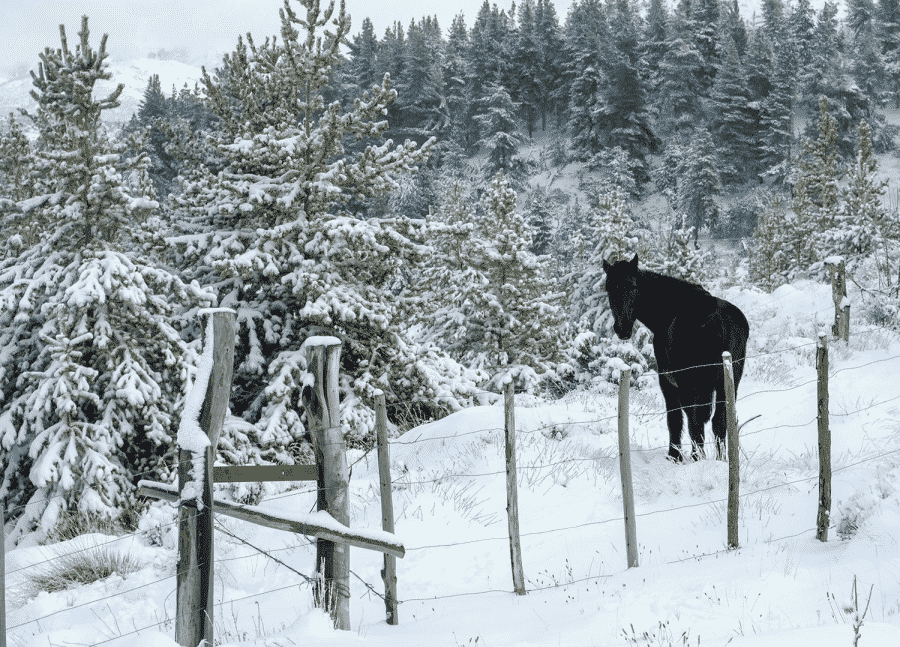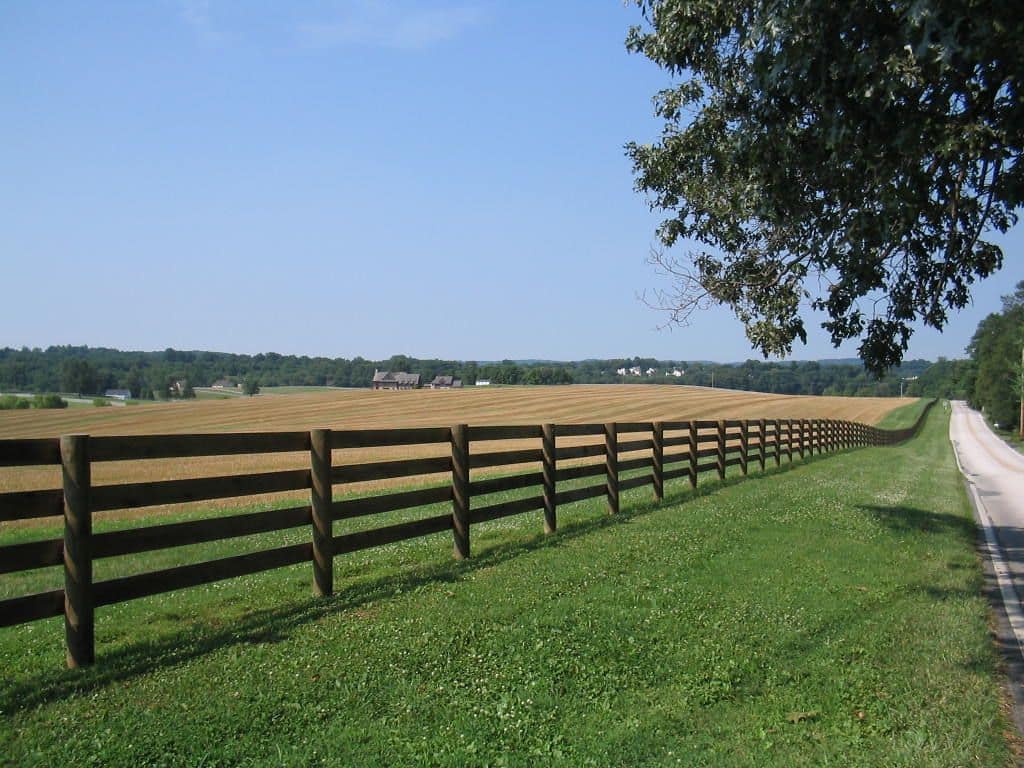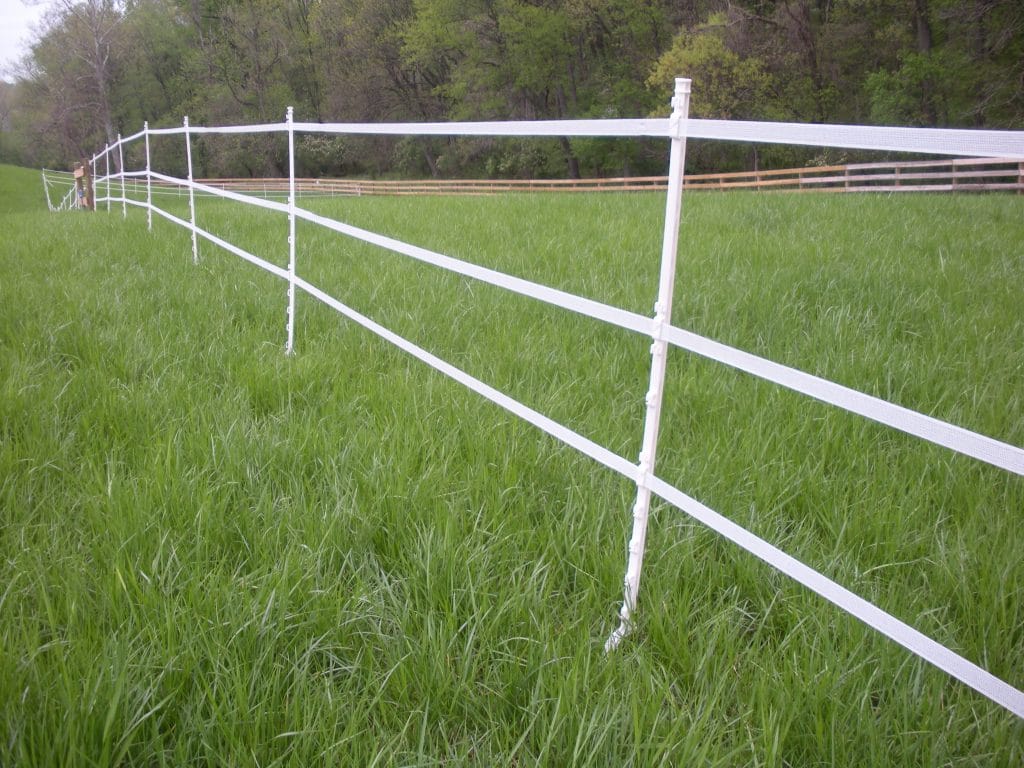What Type of Fencing Should I Use for My Horse?
Fences have a lot to put up with – if they’re not being bitten or barged they’re being kicked. Although many opt to use pre-existing…

Fences have a lot to put up with – if they’re not being bitten or barged they’re being kicked. Although many opt to use pre-existing fencing when turning an area over to paddock, the type of fencing used for livestock – such as barbed wire fencing – is not appropriate for use with horses, nor is sheep mesh. Although hedges are the most attractive option they’re rarely gap-free, so at a minimum require fortification.
Anyone whos horse has suffered an injury directly related to unsuitable fencing understands that it’s not something to scrimp on. Even if your horse doesn’t harm itself escaping the paddock it’s unlikely that other fences on your property are impervious to horses, meaning you might lose your horse onto a highway, etc. with potentially fatal consequences.
It’s important to install proper fencing for your horse’s safety, and therefore your own piece of mind.
Electric fencing for horse paddocks
If you’re not concerned with the visual appearance of fencing and are looking for a more dynamic set up then electric fencing is a great choice. Aside from being relatively inexpensive, it’s quick to deploy and highly effective.
It’s advised that you opt for the ribbon type of electric fencing as opposed to the more traditional wire type. Not only is the former more visible, but it’s also less likely to cause lacerations.
In addition to electric fence ribbon you need some form of energizer – this delivers a shock on contact with the fence. You can get both battery and mains powered energizer units depending on your situation, just remember to keep your battery charged up if that’s the route you choose to go down!
Electric fencing is often mounted on plastic posts, however, it’s crucial that you supplement these with strainer posts (buried ~3ft 6in deep, and placed at corners and suitable intervals between plastic posts) to add required rigidity. If you’re using electric fencing as a temporary solution without strainer posts make sure the fenced off area is itself enclosed by a horse-proof fence.
Post and rail fencing for horse paddocks

Perhaps the best type of fencing to opt for is post and rail. Although expensive this is a sturdy, long term solution that doesn’t look as bad as other options. Another upside to using post and rail is that it is very visible to the horse, reducing the risk of injury. However, wood is attractive as a horse chew, so many opt to install a line of electric ribbon atop the fence.
Conclusion: electric fencing vs. post and rail
Ultimately the perfect fence for a horse detracts a horse from coming into contact with it visually but is also an effective and safe barrier if the horse does come into contact with it. For this reason post and rail fencing is determined to be the best type of fencing for use with horses. However, practicality and expense may mean that post-supplemented electric fencing is the best option for your circumstance.
Also, be horse-aware: if you’ve only got Dartmoor ponies your fencing does not need to be as substantial as those housing stallions and big horses.
